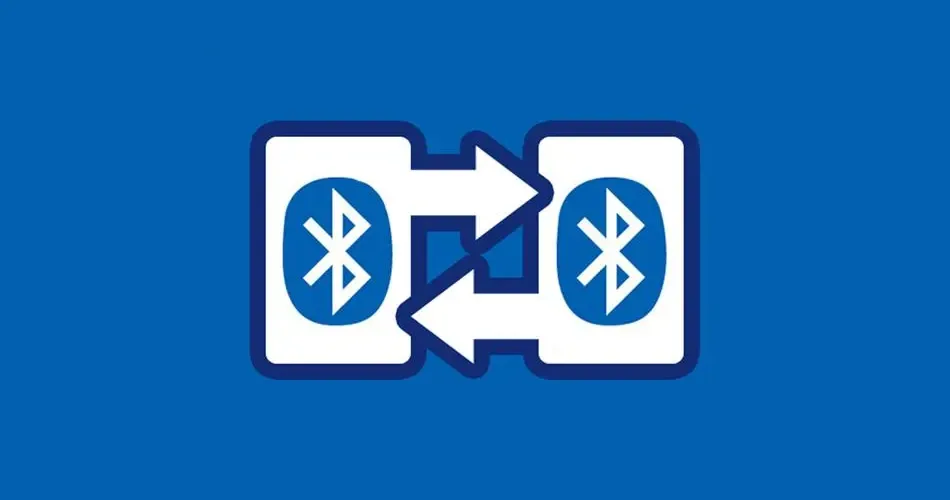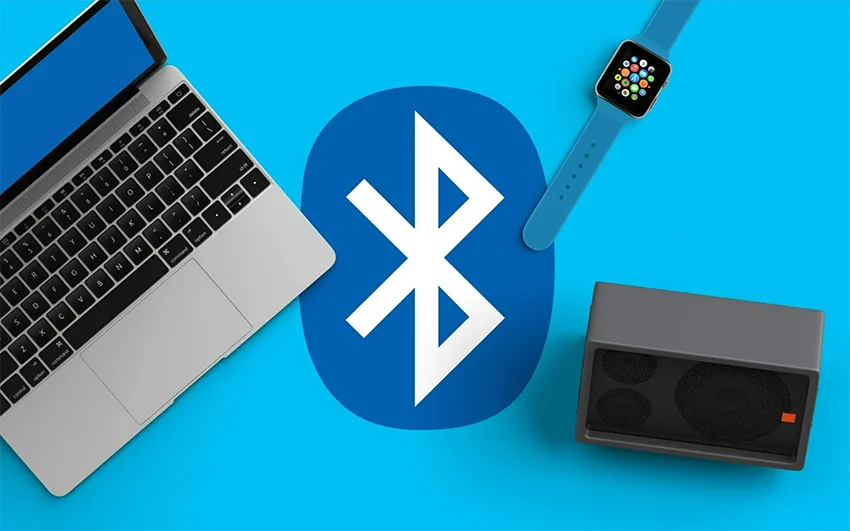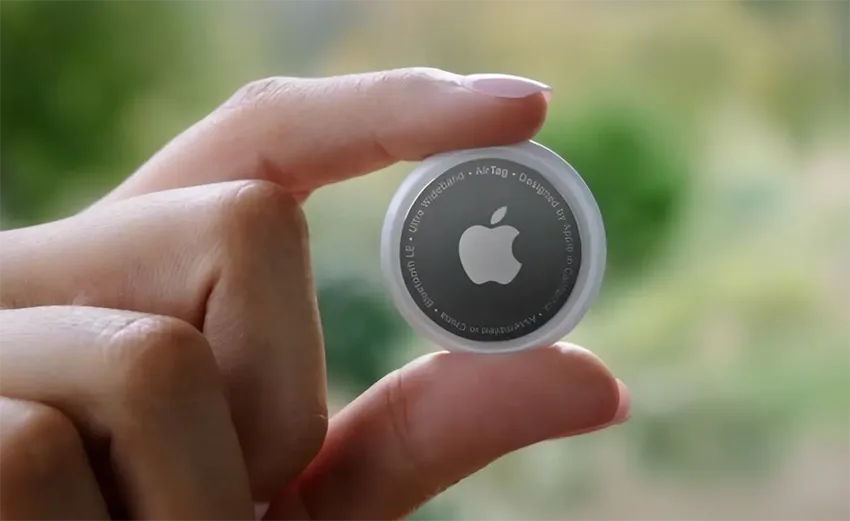Bluetooth asset tracking may maintain a near-constant connection with smartphones, putting a strain on the phone’s battery life (due to the low power consumption of the whole exchange of data). Because the tracking gadget is constantly communicating with your phone, if you are distanced from the tracker and its associated items, the phone will notify you (with the corresponding software provided by the tracker vendor). It is simple to sound the alarm.
1. What is Bluetooth Asset tracking?

The most straightforward aspect of managing assets is through Bluetooth. Silicon Labs EFR32BG22 SoCs support the Bluetooth 5.1 standard and AoA or AoD technology, making this class of SOCs excellent for Bluetooth asset tagging. Bluetooth radios are now energy efficient enough to operate small batteries for 5-10 years, and specialized asset tags can be manufactured for a reasonable price.
Another appealing feature of Bluetooth low power is that it can be embedded in many assets, including medical gadgets and power tools that link to and transfer data to smartphones. These features of gadgets tracking can be activated at no extra hardware expense.
2. What is Bluetooth Low Energy Asset tracking?

Bluetooth technology as a wireless positioning technology
The fast expansion of RTLS solution shipments is made possible by Bluetooth technology, which tracks people and assets to find tools and people in a warehouse or patients and medical equipment in a hospital. Visitors may navigate complicated facilities more easily with the aid of Bluetooth IPS, which is fast taking over as the industry standard for interior navigation systems. Indoor navigation is used in 79% of Bluetooth location service deployments.
Using tags in location-based services solutions is crucial for enabling fleet, personnel, and material tracking in business and industry. According to the most recent information on the Bluetooth market for 2021, approximately 40% of Bluetooth tags were used to assist the manufacturing and logistics sectors. Bluetooth tracking tags made up the great majority of yearly location service device sales in 2021.
3. What is classic Bluetooth technology

Classic Bluetooth is the authentic Bluetooth technology.
BR technology was used when Bluetooth first emerged. The maximum potential Bluetooth transfer speed available at the time was 721.2Kbps. However, because of how rapidly technology advances, BR technology has become dated. Fasten, EDR, a little backstitching.
The term Bluetooth Enhanced Data Rate is referred to as Bluetooth EDR. It boasts that it significantly enhances Bluetooth’s data transfer rate, increasing it to 2.1Mbps, three times faster than Bluetooth 1.2. Therefore, it can fully use the bandwidth benefit of connecting several Bluetooth devices simultaneously in addition to more consistent audio transmission and reduced battery consumption.
What protocols are supported by the original Bluetooth? SPP data transmission protocol, A2DP audio transmission protocol, HFP telephone protocol, PBAP phone book protocol, AVRCP audio remote control protocol, and HID keyboard and mouse protocol are now the most extensively utilized on the market.
4. What is Bluetooth Low Power technology

Bluetooth Low Power (BLE): BLE technology
The aforementioned represents the development of traditional Bluetooth technology, which is faster. However, energy is a finite resource; thus, using more energy will allow you to communicate swiftly. However, there are other application cases where the transmission rate is not as important as power usage. BLE, or Bluetooth Low Energy, is helpful in this situation.
The distinction between BLE technology and conventional Bluetooth technology is significant; they are two different technologies that just so happen to share the “Bluetooth” prefix.
What protocols are covered by Bluetooth Low Power specifications? Bluetooth 5.2 is the most recent version of the BLE standard. It primarily consists of data transmission protocol, SIG MESH networking protocol, beacon broadcast protocol, LE Audio protocol, and other things.
5. How Bluetooth Asset Tracking Works

The terminals, i.e., mobile phones and other terminals with low-power Bluetooth, Bluetooth beacon nodes, Bluetooth gateways, wireless LAN, and back-end data servers, make up the network side positioning system. Following is the particular placement procedure:
i: Place a beacon and a Bluetooth gateway first.
ii: The terminal can detect the beacon broadcast signal after it has entered the region covered by the beacon signal. The RSSI value beneath a beacon is then calculated and sent to the back-end data server through a Bluetooth gateway or a Wi-Fi network. The server’s internal positioning algorithm helps with this procedure by estimating the terminal’s precise location.
The terminal location system consists of beacons and terminal devices, such as mobile phones with SDK software packages. The following is the particular placement principle:
- First, place the Bluetooth beacon in the vicinity.
- The beacon transmits signals and data packets continually to its surroundings.
iii: When the terminal device enters the range of the beacon signal coverage, its RSSI value is detected in several base stations. The precise location is then determined using the positioning algorithm included in the mobile phone.
The positioning of users on the terminal side is typically used for indoor positioning and navigation, precise location marketing, and other user terminals. The positioning of user terminals on the network side is typically used for personnel tracking, asset positioning, and passenger flow analysis. The ease of Bluetooth locating is a benefit because positioning accuracy is directly correlated with the Bluetooth beacon’s laying density and transmitting power. And incredibly power-efficient, achieving the goal of power-saving via deep sleep, no connectivity, and a simple protocol.
6. Why use Bluetooth technology for asset tracking

Machines do most of the laborious tasks in warehouses, but for them to function securely, they need service and ongoing maintenance. The warehouse is kept in top condition by using the same networks that monitor orders coming in and going out to track specific data on each unit. On machinery, Bluetooth tags also function. The machine’s user may set the alarm to update the maintenance time. To build particular alerts, reminders, and functionalities, any connected device may be integrated into the network and added to a data dashboard.
Today, some areas with the most significant concentrations of people are also the areas with the greatest movement of products. For instance, airports and retail centers handle not only a lot of freight but also a lot of people. A simple tracking system may be implemented to avoid inefficiencies and delays.
Many online retailers should order the proper quantity of merchandise to fulfill consumer orders; however, logistical issues may prevent that from happening. Even though e-commerce websites don’t directly interact with the public, they still need to keep the items in warehouses and ship them to clients. Asset tracking systems enable shop owners to precisely monitor the amount of inventory they have, preventing the sale of things they do not have in stock, even if shipping cannot be completely error-free. Companies may decide whether to attempt to stock up on certain commodities to fulfill future demand when inventories are low by rapidly determining how many assets they have.
















